Students with adjustment and learning difficulties can face a range of challenges in the classroom. Despite this, these students often have great potential that can be unlocked with the right strategies. In this blog post, we’ll explore effective approaches for supporting and guiding these students, enabling them to reach their full potential. Read on to discover more about unlocking potential for students with adjustment and learning difficulties.
Understanding Adjustment and Learning Difficulties
Adjustment and learning difficulties can present significant challenges for students in the classroom. These difficulties can affect various aspects of a student’s academic performance, social interactions, and overall well-being. To effectively support and guide these students, it is crucial for teachers to have a deep understanding of their unique needs and the underlying causes of their difficulties.
Students with adjustment and learning difficulties often struggle with processing information, organizing tasks, focusing, and retaining information. They may have difficulties with reading, writing, math, or even simple everyday tasks. These difficulties can be caused by various factors, including cognitive processing deficits, attention deficit disorders, language or sensory processing disorders, or even emotional and behavioral challenges.
It is essential for teachers to be familiar with the specific learning difficulties their students may be facing. This knowledge allows them to tailor their teaching methods and strategies to meet the individual needs of each student. By understanding the underlying causes of these difficulties, teachers can provide targeted interventions and support to help students overcome their challenges and reach their full potential.
Furthermore, understanding adjustment and learning difficulties helps teachers create a compassionate and inclusive classroom environment. It enables them to foster a culture of empathy, understanding, and acceptance among all students. By promoting a positive learning environment, teachers can encourage collaboration, respect, and support among students with and without difficulties.
Common Challenges Faced by Students with these Difficulties
Students with adjustment and learning difficulties face a multitude of challenges in the classroom. These challenges can vary greatly depending on the specific difficulties that students are dealing with. Some common challenges faced by these students include difficulties with organization and time management, trouble focusing and sustaining attention, struggles with memory and retention, and difficulties with social interactions.
Organization and time management can be particularly challenging for these students. They may have difficulty keeping track of assignments, remembering deadlines, and prioritizing tasks. This can lead to feelings of overwhelm and stress, as well as a lack of motivation and productivity.
Trouble focusing and sustaining attention is another common challenge. Students with adjustment and learning difficulties may have a hard time staying engaged in classroom activities, maintaining concentration, and ignoring distractions. This can make it difficult for them to fully participate in lessons and grasp new concepts.
Memory and retention issues can also pose challenges for these students. They may struggle to retain information presented in class, leading to difficulties with understanding and applying new knowledge. This can impact their overall academic performance and self-confidence.
Additionally, social interactions can be a source of difficulty for students with adjustment and learning difficulties. They may have trouble forming and maintaining friendships, understanding social cues, and navigating social situations. This can lead to feelings of isolation and affect their overall well-being.
It is important for teachers to be aware of these common challenges in order to provide the necessary support and accommodations. By addressing these challenges head-on and implementing strategies to overcome them, students with adjustment and learning difficulties can thrive in the classroom and reach their full potential.
Importance of Early Identification and Intervention
Early identification and intervention play a crucial role in supporting students with adjustment and learning difficulties. By identifying these difficulties early on, teachers and other education professionals can provide targeted interventions and support to help students overcome their challenges and reach their full potential.
Early identification allows teachers to understand and address the specific needs of students with adjustment and learning difficulties. It enables them to tailor their teaching methods and strategies to meet the individual needs of each student. By implementing appropriate interventions early, students can receive the necessary support and accommodations that will help them succeed in the classroom.
Additionally, early intervention can prevent these difficulties from becoming more severe or affecting other aspects of a student’s life. By addressing challenges early, teachers can help students develop the necessary skills and strategies to overcome their difficulties, promoting long-term success and well-being.
Early identification and intervention also play a crucial role in fostering a positive learning environment. By identifying students’ difficulties early, teachers can create a compassionate and inclusive classroom where all students feel valued and supported. This can promote a culture of empathy, understanding, and acceptance among all students.
Moreover, early intervention can have a significant impact on students’ overall well-being. By addressing adjustment and learning difficulties early, teachers can help students build resilience, develop self-confidence, and improve their overall mental health. Early intervention is not just about academic success; it is about supporting the whole student.
Creating a Supportive Learning Environment
Creating a supportive learning environment is crucial for students with adjustment and learning difficulties. It is in this environment that they can thrive, feel valued, and reach their full potential. Teachers play a key role in establishing this environment by fostering a culture of empathy, understanding, and acceptance among all students.
To create a supportive learning environment, teachers should prioritize open communication and create a safe space for students to express their needs and concerns. They can establish regular check-ins with students to understand their challenges and provide the necessary support. Additionally, teachers can encourage peer collaboration and support, allowing students to learn from and support one another.
Teachers can also implement various strategies to accommodate different learning styles and needs. For example, providing visual aids, using hands-on activities, and incorporating technology can enhance engagement and understanding for students with adjustment and learning difficulties. Flexible seating arrangements and quiet areas can also help students focus and feel more comfortable in the classroom.
Furthermore, promoting a positive and inclusive classroom culture can go a long way in creating a supportive learning environment. Teachers can celebrate diversity, encourage respect, and discourage bullying or discrimination. By fostering a sense of belonging, students will feel more comfortable and confident in expressing themselves and seeking help when needed.
Creating a supportive learning environment is not just about implementing specific strategies; it’s about creating an atmosphere where all students feel valued and supported. When students feel understood and accepted, they are more likely to engage actively in their learning and achieve their full potential. By creating this environment, teachers can truly unlock the potential of students with adjustment and learning difficulties.
Accommodations and Modifications for Improved Learning Outcomes
To ensure that students with adjustment and learning difficulties have the opportunity to thrive in the classroom, it is essential to provide them with appropriate accommodations and modifications. These adjustments can help address their specific needs and create an inclusive learning environment that promotes improved learning outcomes.
One effective accommodation is providing extra time for assignments, tests, or exams. Students with adjustment and learning difficulties may require additional time to process information, organize their thoughts, and complete tasks. By giving them the extra time they need, teachers can reduce stress and anxiety, allowing these students to demonstrate their true abilities.
Another accommodation that can make a significant difference is providing clear and concise instructions. Students with adjustment and learning difficulties may struggle with understanding and following complex directions. By breaking down instructions into smaller, manageable steps, teachers can help these students grasp the content and successfully complete assignments.
In addition to accommodations, modifications to the curriculum can also be beneficial. For instance, providing alternative assessments or assignments that better align with the students’ strengths and abilities can be extremely helpful. This allows them to showcase their knowledge and skills in a way that is more accessible to them.
Adaptive technology and assistive tools can also be powerful accommodations. For example, using text-to-speech software can support students who struggle with reading or comprehension, while graphic organizers can assist with organizing information and improving memory retention.
Ultimately, the key is to individualize accommodations and modifications based on each student’s unique needs and challenges. By working closely with students, families, and other professionals, teachers can determine the most effective strategies for unlocking their potential. By providing the necessary support and accommodations, teachers can create a learning environment where all students, regardless of their difficulties, can achieve their full potential.
Collaborating with Families, Teachers, and Professionals
Collaborating with families, teachers, and professionals is essential in providing the best support and guidance for students with adjustment and learning difficulties. By working together, we can create a strong network of support that empowers these students to reach their full potential.
First and foremost, involving families in the educational journey of these students is crucial. Parents and caregivers have unique insights into their child’s strengths, challenges, and preferences. They can provide valuable information that can help teachers tailor their approach and accommodations. Regular communication between families and teachers allows for a better understanding of the student’s progress, challenges, and areas of growth. This collaboration ensures a consistent approach and reinforces the strategies implemented in the classroom.
Additionally, collaborating with other teachers and professionals is vital. Students with adjustment and learning difficulties often require a multidisciplinary approach to their education. Special education teachers, speech therapists, occupational therapists, and other professionals can provide additional support and expertise. By sharing information and strategies, teachers can create a comprehensive plan that addresses the diverse needs of these students. Collaboration also helps create consistency across different settings and reinforces the skills and strategies taught.
Engaging in professional development and training is another crucial aspect of collaboration. By staying up-to-date on the latest research and best practices, teachers can continually refine their strategies and approaches. Professional development also provides an opportunity to connect with other educators and professionals, fostering a supportive network of resources and expertise.
Ultimately, collaboration is key to unlocking the potential of students with adjustment and learning difficulties. By working together, we can ensure that these students receive the necessary support and accommodations, creating a learning environment where they can thrive and achieve their full potential.
Effective Teaching Strategies for Students with Adjustment and Learning Difficulties
Effective teaching strategies are essential for students with adjustment and learning difficulties to thrive in the classroom. These strategies focus on creating an inclusive and supportive learning environment, adapting instruction to meet individual needs, and promoting active engagement and participation.
One key strategy is to use multi-sensory teaching methods. This involves incorporating visual, auditory, and tactile elements into lessons to enhance understanding and retention. For example, using visual aids such as charts, diagrams, and graphic organizers can help students with visual processing difficulties grasp new concepts. Similarly, incorporating hands-on activities and manipulatives can engage students with kinesthetic learning preferences.
Differentiation is another crucial strategy. This involves tailoring instruction and assignments to accommodate students’ unique strengths, challenges, and learning styles. Teachers can provide alternative assignments or assessments that align with students’ abilities and interests. Additionally, breaking down complex tasks into smaller, manageable steps can help students with executive functioning difficulties stay organized and focused.
Regular and ongoing assessment is also important for tracking student progress and adjusting instruction accordingly. Formative assessments, such as quizzes, exit tickets, or quick checks for understanding, allow teachers to monitor students’ understanding in real-time and provide timely feedback. This helps identify areas where additional support or re-teaching may be necessary.
Building strong relationships with students is crucial for effective teaching. This involves taking the time to understand their individual needs, interests, and goals. Teachers can provide personalized support and encouragement, and create a safe space where students feel comfortable asking for help or expressing their challenges.
Incorporating technology can also be beneficial. Utilizing assistive technology, such as speech-to-text software or interactive educational apps, can support students with reading or writing difficulties. Additionally, using digital platforms for assignments and communication can provide students with learning difficulties greater access to resources and accommodations.
Overall, effective teaching strategies for students with adjustment and learning difficulties prioritize individualization, engagement, and support. By implementing these strategies, teachers can create a learning environment where all students, regardless of their difficulties, can succeed and reach their full potential.
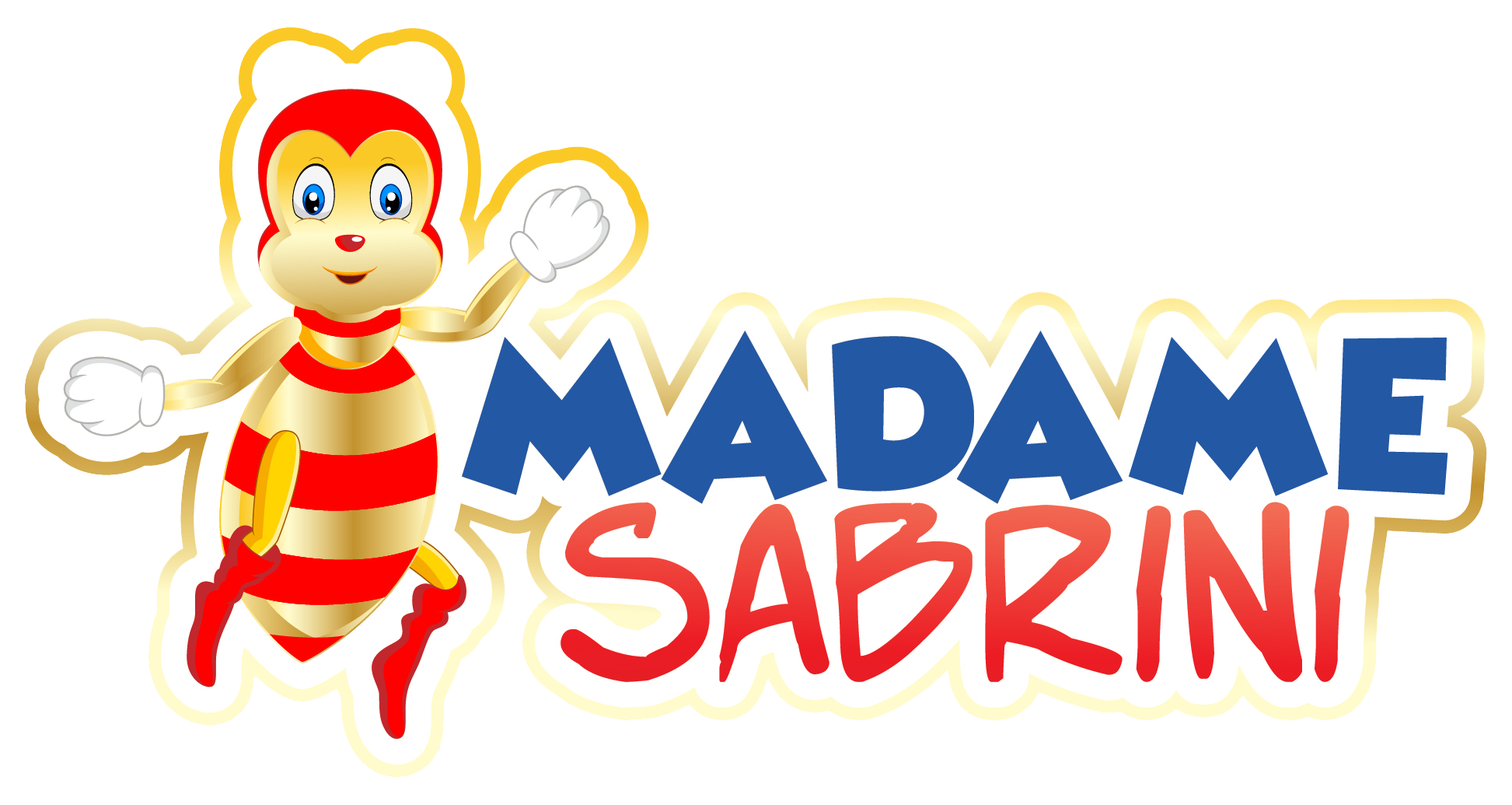
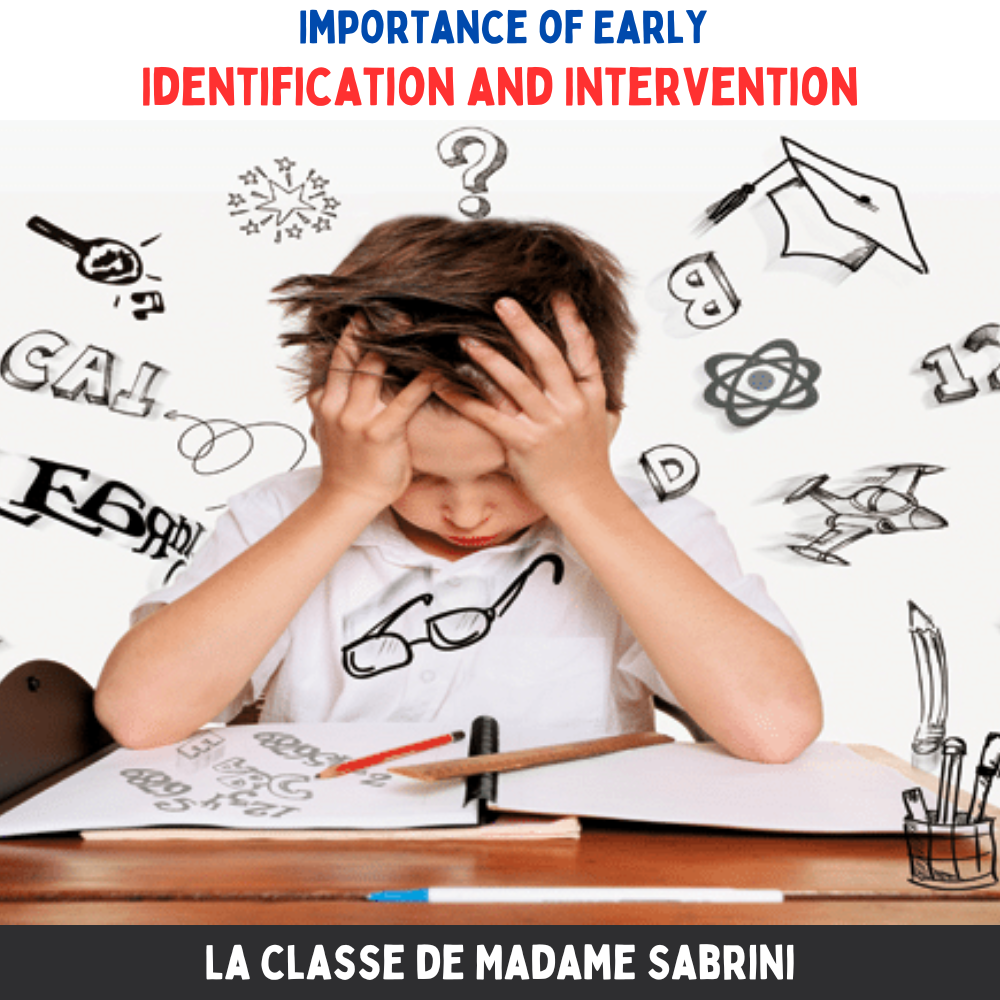
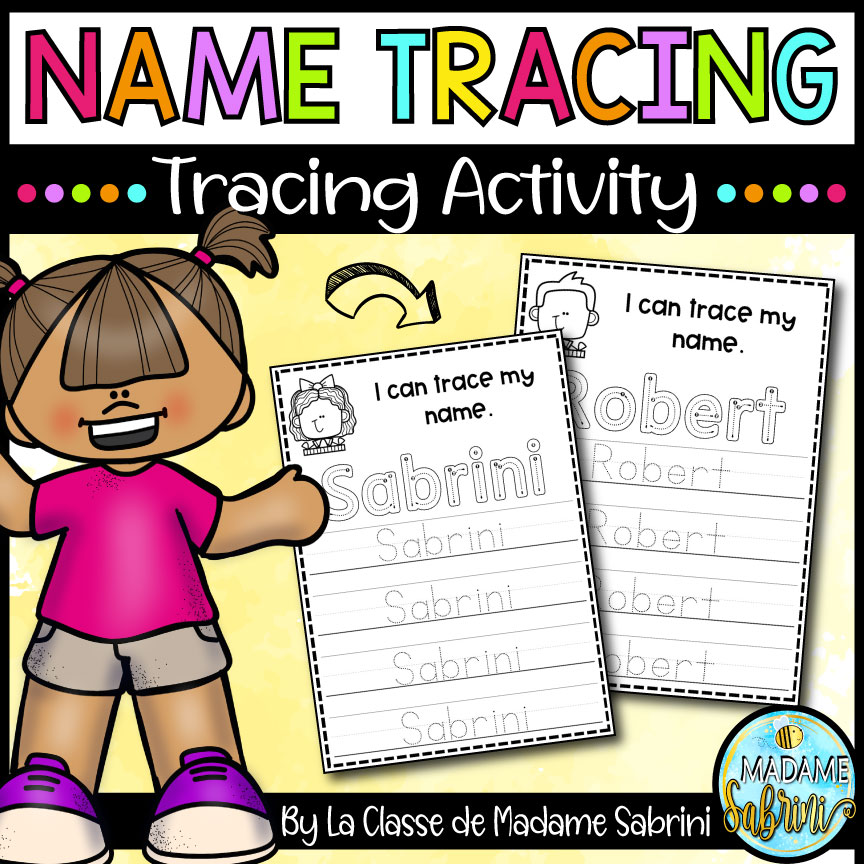

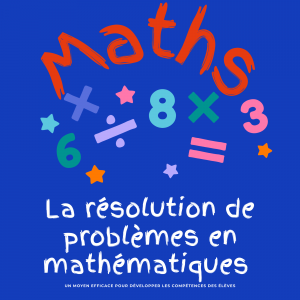
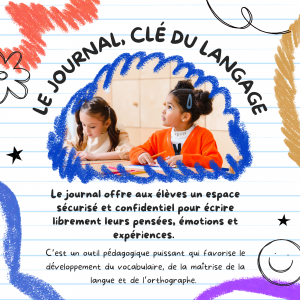
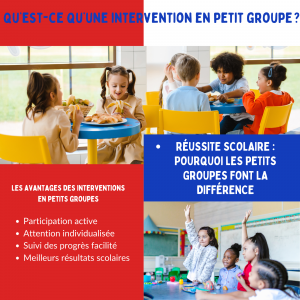
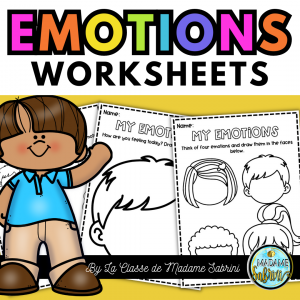
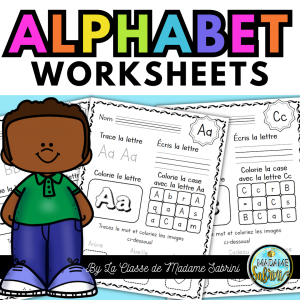
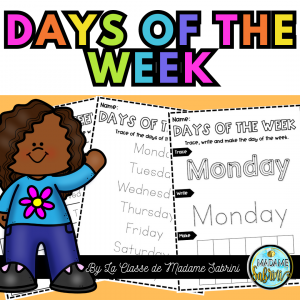
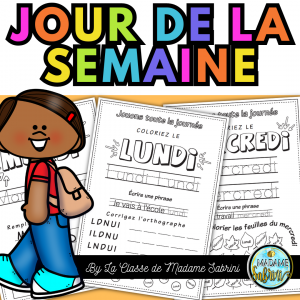

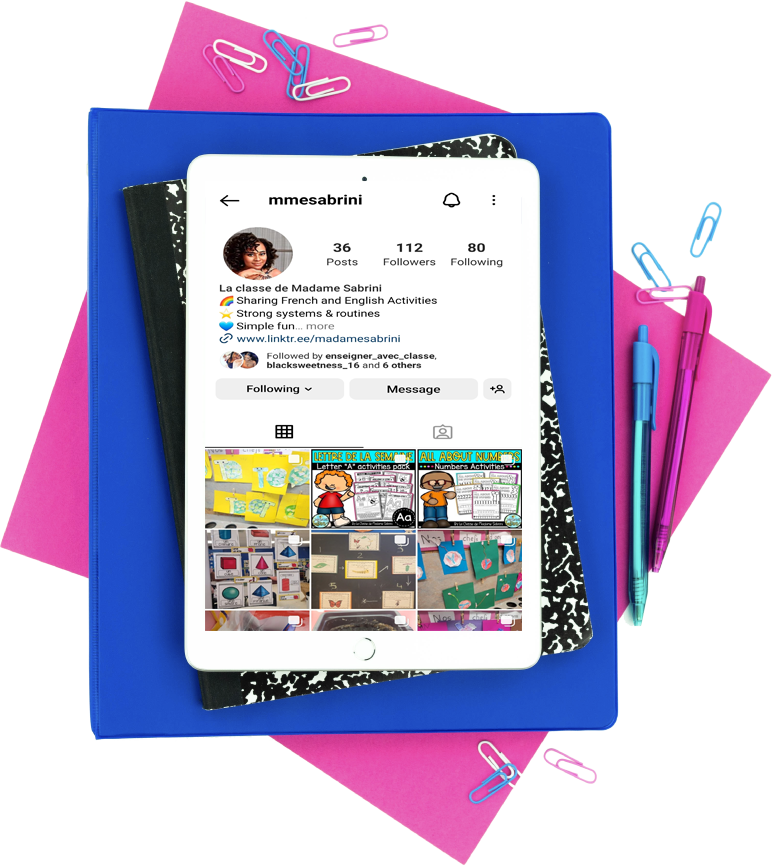

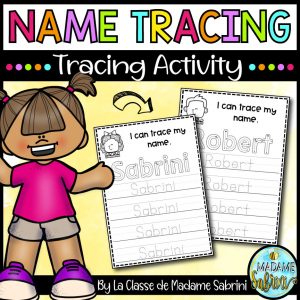
1 Comment
Your comment is awaiting moderation.
G4zCEpTCQyl
Your comment is awaiting moderation.
Xl0R6WMVvLN
Your comment is awaiting moderation.
https://sarahestanislau99.click/
What’s up mates, how is the whole thing, and what you wish for to say concerning this piece of writing, in my view its really
amazing for me.
https://mcpipokinha23.shop/
Thanks for sharing your info. I really appreciate your efforts and I am waiting for your next post thank you once again.